Mank Is a Rich Immersion Into Hollywood's Black-and-White Glory Days
- Oops!Something went wrong.Please try again later.
Judging the film Mank just based on the story alone—cynical, heavy-drinking screenwriter Herman J. Mankiewicz evaluates his turbulent travails through Hollywood as he struggles to script Citizen Kane—doesn’t do it justice. A work of impeccable craftsmanship that unspools in crisp black-and-white, Mank, which premieres Friday, December 4, on Netflix, allows viewers to journey back in time to experience all the glamour and grit of Los Angeles during the 1930s and early ’40s. And that’s exactly how director David Fincher (Gone Girl, The Social Network) intended it.
“I remember when David first spoke to me about it,” Oscar-winning production designer Donald Graham Burt (The Curious Case of Benjamin Button) tells Architectural Digest. “He said ‘I want it to feel like you’re in a film vault and you see Citizen Kane and then you see a film next to it and it says Mank and you think, ‘Oh, I never saw that.’ He wanted it to look like a film made in that period.”
To pull it all off, the production design team did a full immersion into the imagery and details of the era. Burt watched film noir classics such as Double Indemnity and studied documents at the Motion Picture Academy’s Margaret Herrick Library in Beverly Hills to grasp how sets were constructed and painted back in the day. (No, he did not re-revisit the 1941 classic Citizen Kane as a template.) “We did a lot of testing of different colors and tones that worked best for black-and-white,” he says. For a little modern-day assistance, set decorator Jan Pascale used the “noir” filter on her iPhone when photographing set dressing elements so the images would be captured correctly. The result? A plethora of natural brown earth tones, yellows, and off-whites.
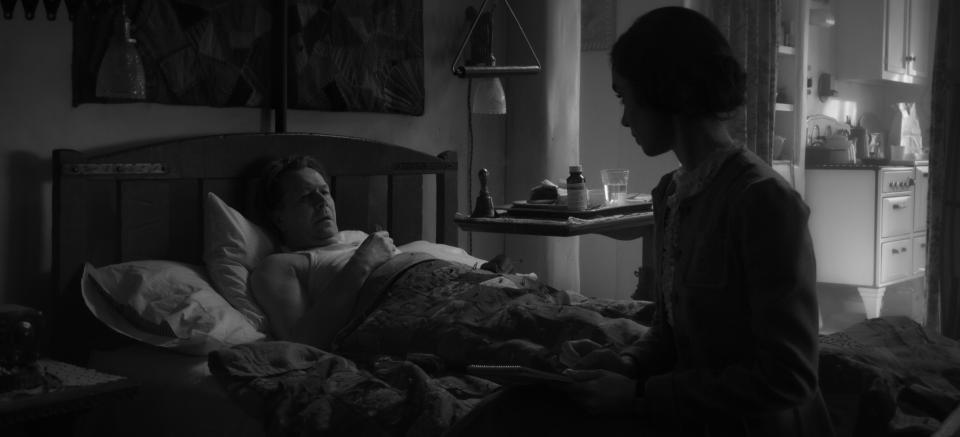
Despite an intricate narrative that toggles between 1934 and 1940, Burt broke it down into three distinct worlds. At the starting point, the titular character (played by Gary Oldman—Mank is short for Mankiewicz) recoups from a car accident and starts tinkering with the screenplay at a spartan ranch in the barren deserts of Victorville, California. The production team filmed at the actual exterior (now named the Kemper Campbell Ranch) and toured the premises, which exists in almost its original form. When the interior was constructed on a soundstage, the team rearranged the living room furniture and added a kitchenette and dining room area to give the locale “layers of depth instead of just having him sequestered in this tiny bedroom,” he explains.
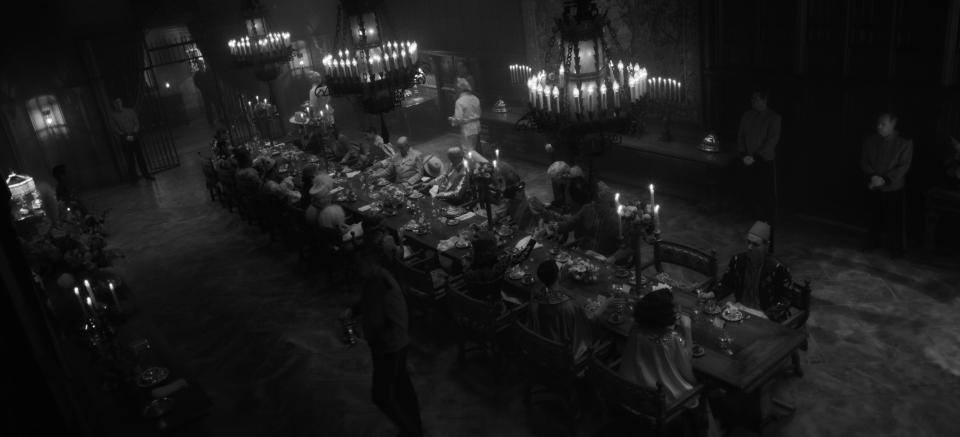
By contrast, Pascale’s biggest challenge was re-creating the opulent Julia Morgan–designed Hearst Castle. That’s where publishing magnate William Randolph Hearst (Charles Dance) and his mistress, actress Marion Davies (Amanda Seyfried), hosted decadent soirees for the hoi polloi on the weekends. (Hearst, of course, served as Mankiewicz’s inspiration for Citizen Kane.) Because of limited funds, one soundstage was used for the elegant dining hall, parlor, and foyer. “We had to make everything on a budget that was considerably less than what William Randolph Hearst was dealing with,” she says. “It kept me from getting a good night’s sleep.” The original Hearst Castle, by the way, remains a National Historic Landmark in San Simeon, California.
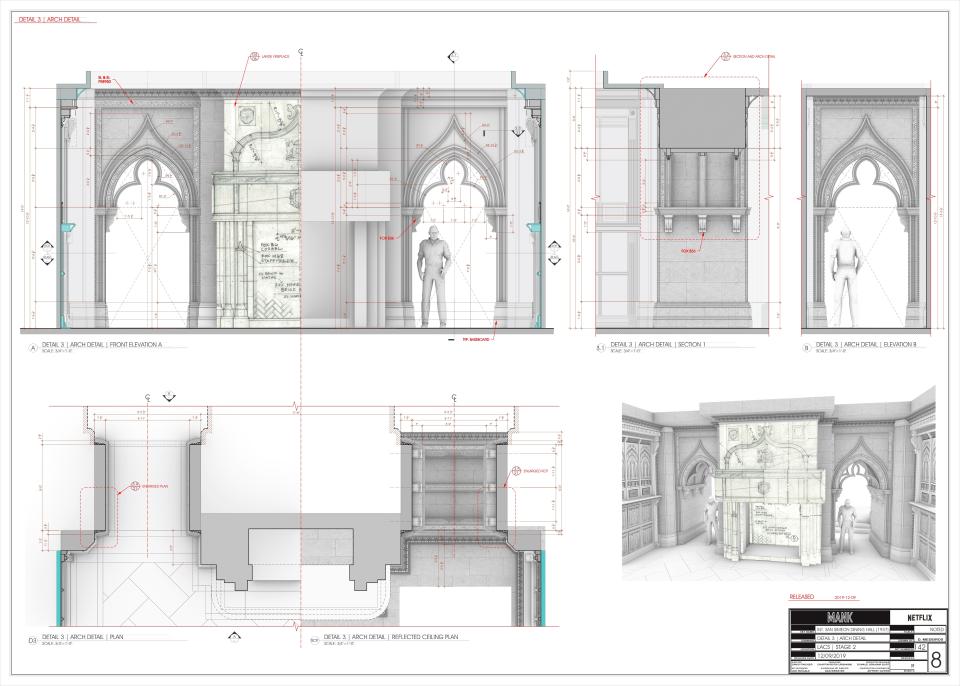
As for the real Hollywood glitz, the team filmed on the studio backlots of MGM, Paramount, and Warner Bros. for the scenes in which Mankiewicz wheels and deals with execs and fellow writers. “The lots have developed over the years, but the front gates are intact,” Burt says. “A lot of what you see in the movie is very authentic.” For inside the writers’ rooms and steno pools, Pascale tracked down clacking typewriters, candlestick telephones, and oscillating fans from a private antiques dealer. “So much of the technology has been rendered useless,” she says. “Every time we found carbon paper for the typewriters, we celebrated.”
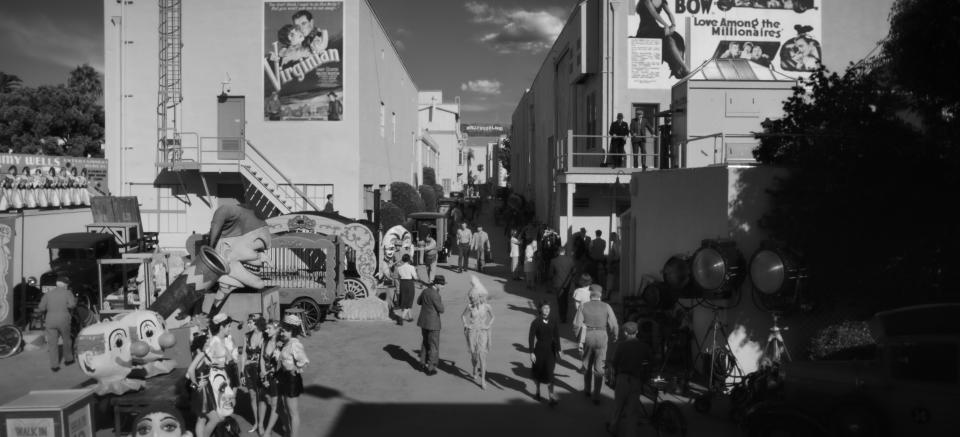
Unsurprisingly, the Oscar buzz for Mank has already started—and perhaps it’s a good omen that one of the key closing scenes is set inside the Biltmore Hotel in Los Angeles. That was the site of the 14th annual Academy Awards in 1942, and Mankiewicz won the Best Original Screenplay Oscar for Citizen Kane. “The actual awards were held in the space where we filmed!” Burt exclaims. “I couldn’t help but look around and think, Wow.”
Mank Is a Rich Immersion Into Hollywood's Black-and-White Glory Days
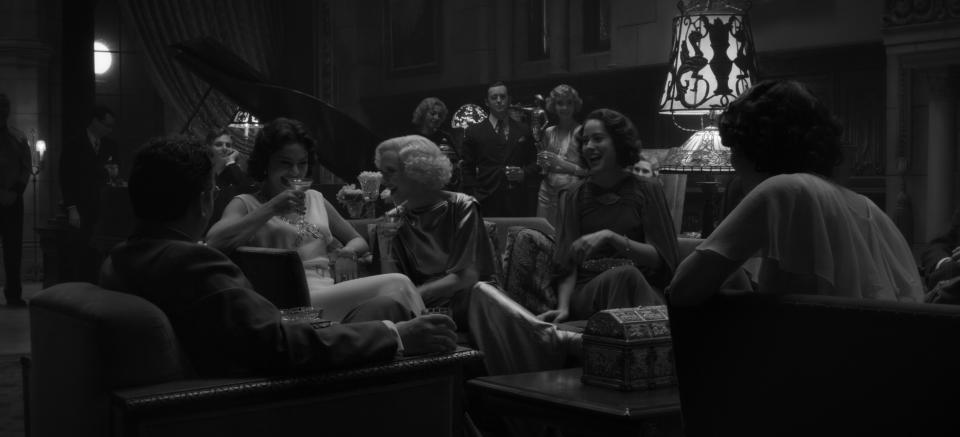
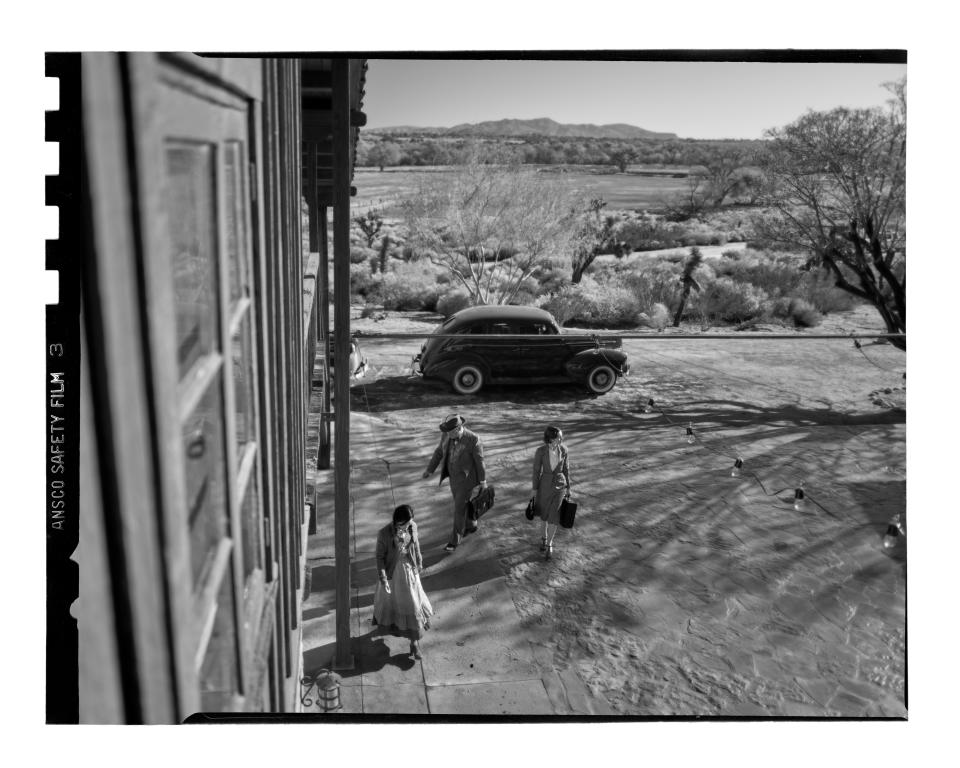

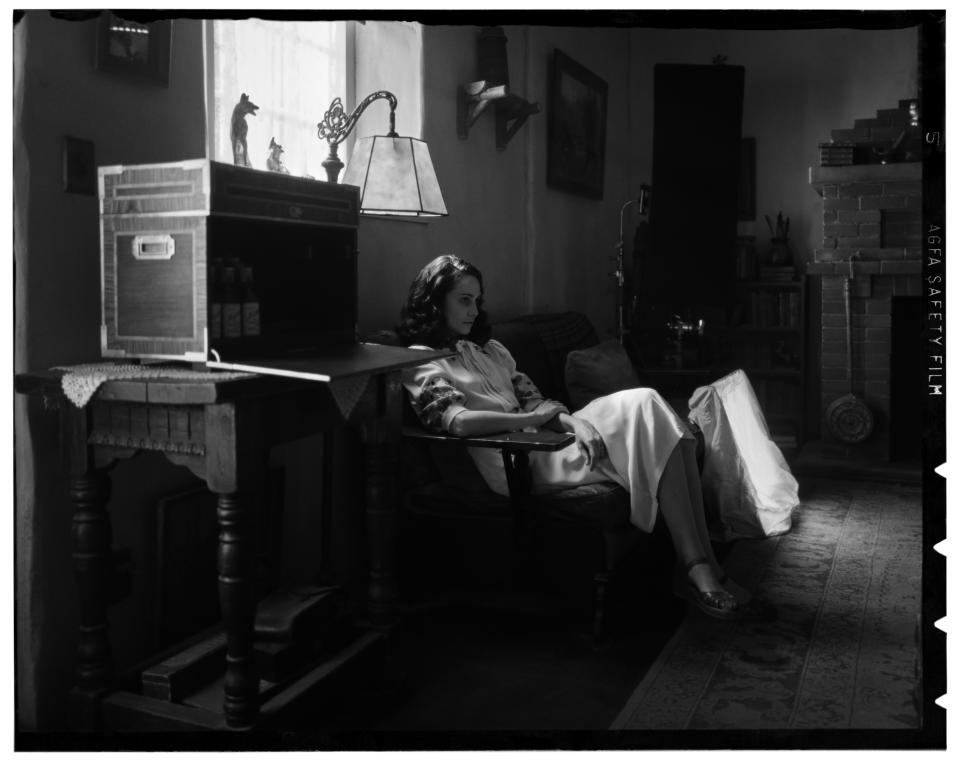
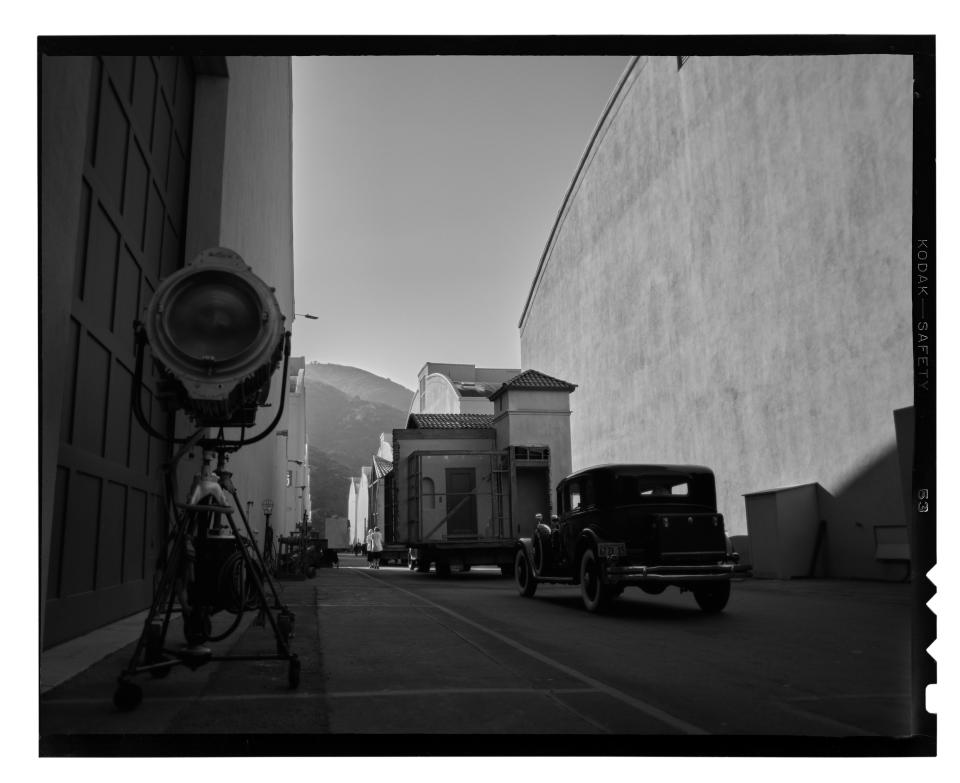




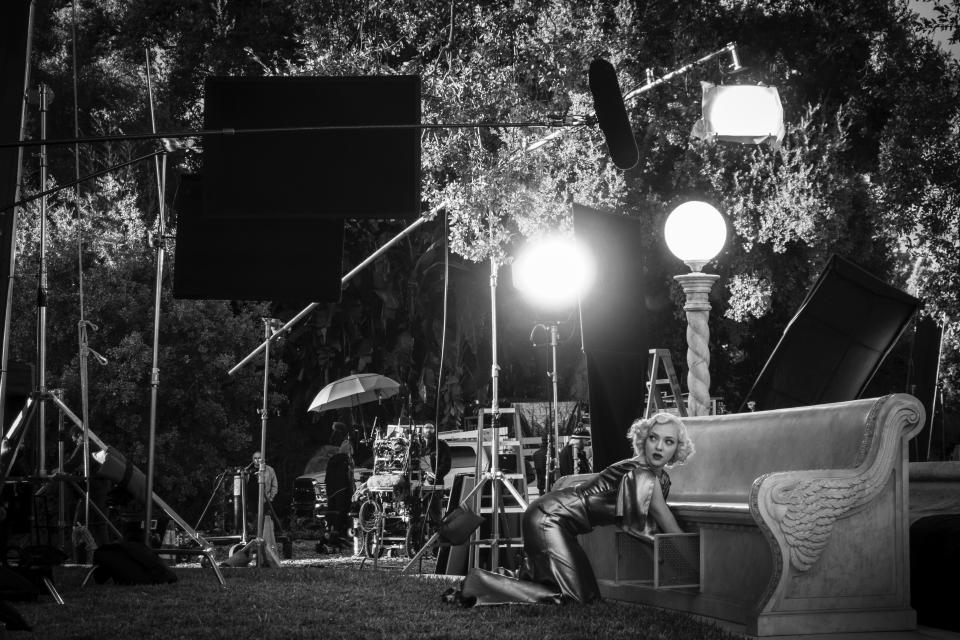
Originally Appeared on Architectural Digest

